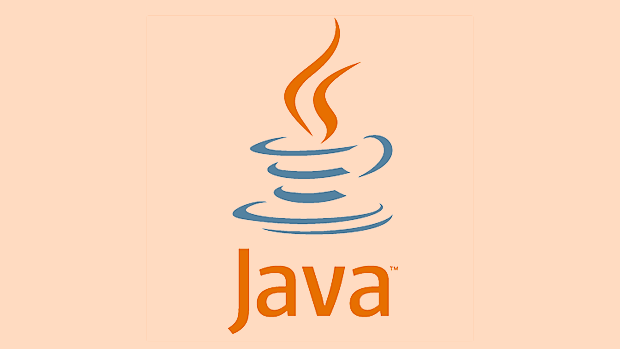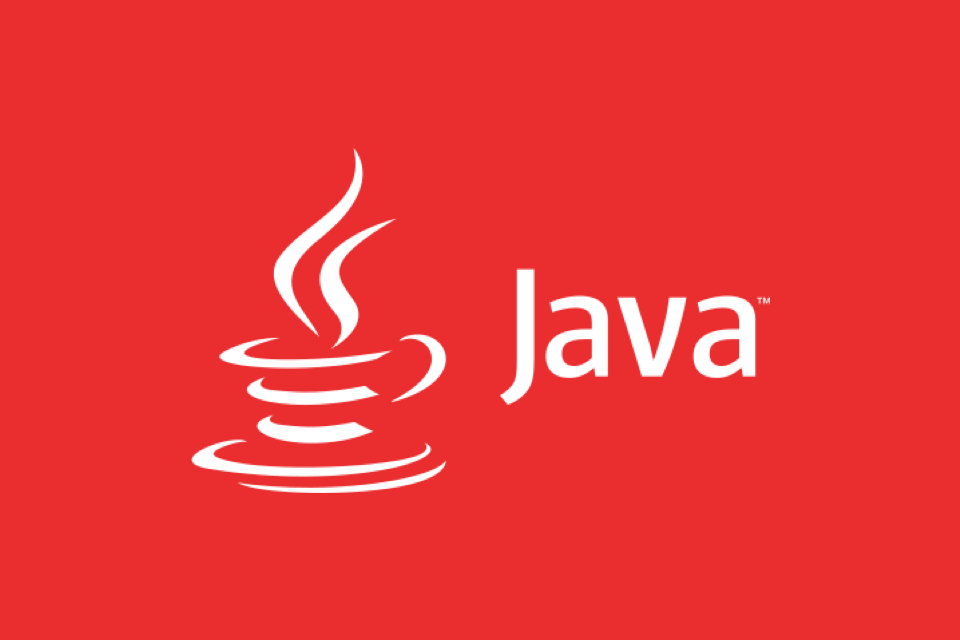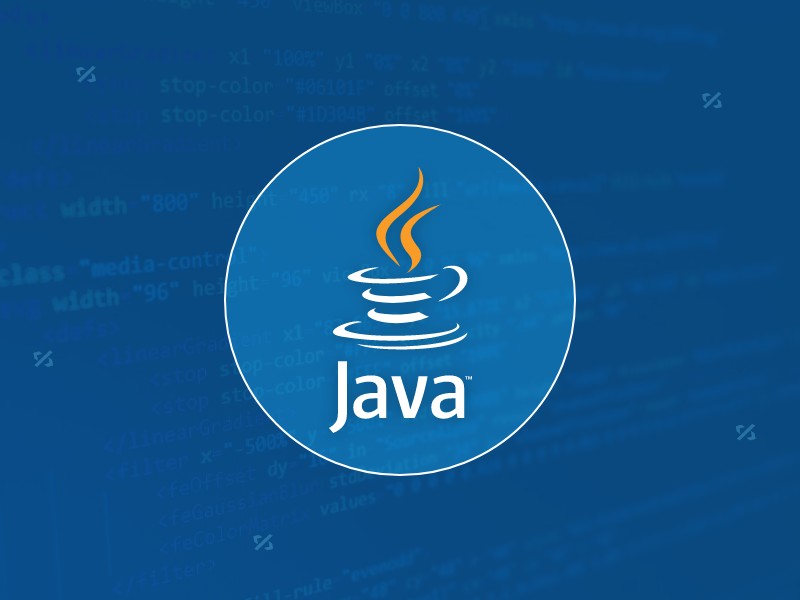JPA is a Java persistence specification, and Hibernate is its commonly used implementation. 1. JPA defines object and database mapping standards, and Hibernate is responsible for specific operations. 2. Entity classes map table structures through @Entity, @Table, @Id, @GeneratedValue, etc. 3. The association relationship is processed through annotations such as @OneToMany, @ManyToOne, etc., and pay attention to mappedBy and cascading configuration. 4. In Spring Boot, you can quickly complete persistence operations by configuring data sources and using Spring Data JPA.

When you are using Java for persistent data storage, JPA and Hibernate are almost unavoidable tools. They help you handle things between objects and database tables more naturally and efficiently. But if you want to use it well, it is not just as simple as adding a few annotations.

What are JPA and Hibernate?
Simply put, JPA (Java Persistence API) is a specification that defines the standard way in which Java objects map to database tables. Hibernate is an implementation of this specification, and it is the most commonly used one.

You can understand it as the relationship between "interface" and "implementation class". When you write code, you are programming in JPA, and Hibernate performs operations in the underlying layer. The advantage of this is that if the ORM framework is replaced in the future, the changes will not be too big.
Mapping of entity classes and database tables
This is the first step in persistence: turn the Java class into a table in the database. What you need to do is:

- Add
@Entityannotation to the class - Specify the corresponding table name, for example
@Table(name = "users") - Annotate the primary key field as
@Id, if it is an auto-increment primary key, add@GeneratedValue
For example:
@Entity
@Table(name = "users")
public class User {
@Id
@GeneratedValue(strategy = GenerationType.IDENTITY)
private Long id;
private String name;
private String email;
// getters and setters
}In this way, Hibernate knows how to operate this table.
Note: By default, Hibernate will convert the field name into an underscore naming method (such as
userNametouser_name). If you don't want it to automatically convert, you can turn it off in the configuration or specify it explicitly with@Column(name = "username").
How to deal with the relationship?
In real projects, data is not isolated, and one-to-many, many-to-one, and many-to-many relationships are often processed. Take the most common "users and orders" as an example:
A user can have multiple orders, so User and Order are one-to-many relationships. At this time, you can write it in the User class like this:
@OneToMany(mappedBy = "user", cascade = CascadeType.ALL, fetch = FetchType.LAZY) private List<Order> orders = new ArrayList<>();
Then add the reference back to the Order class:
@ManyToOne @JoinColumn(name = "user_id") private User user;
Here are a few points to note:
-
mappedBymeans that this end is passively maintaining the relationship, and the real controller is Order. -
cascadecontrols cascade operations, such as automatically saving Orders when saving User -
fetch = FetchType.LAZYis for performance considerations. The associated data is not loaded by default and loaded on demand.
If you accidentally reverse the relationship maintenance direction, it may cause the data to not be updated or the null pointer exception will occur.
Configuration files and basic usage procedures
In Spring Boot project, you only need to assign database connection information in application.properties or application.yml , and leave the rest to Spring Data JPA.
for example:
spring.datasource.url=jdbc:mysql://localhost:3306/mydb spring.datasource.username=root spring.datasource.password=123456 spring.jpa.hibernate.ddl-auto=update
Among them, ddl-auto=update is very practical, which means that the table structure is automatically updated according to the entity class structure. But be careful not to use it instead of database migration tools in production environments.
It's also very easy to use:
- Define the Repository interface inherits
JpaRepository - Then just call
save(),findById(),findAll()and other methods
public interface UserRepository extends JpaRepository<User, Long> {
}Basically that's it.
The above is the detailed content of Persistent Data Storage using Java JPA and Hibernate. For more information, please follow other related articles on the PHP Chinese website!

Hot AI Tools

Undress AI Tool
Undress images for free

Undresser.AI Undress
AI-powered app for creating realistic nude photos

AI Clothes Remover
Online AI tool for removing clothes from photos.

Clothoff.io
AI clothes remover

Video Face Swap
Swap faces in any video effortlessly with our completely free AI face swap tool!

Hot Article

Hot Tools

Notepad++7.3.1
Easy-to-use and free code editor

SublimeText3 Chinese version
Chinese version, very easy to use

Zend Studio 13.0.1
Powerful PHP integrated development environment

Dreamweaver CS6
Visual web development tools

SublimeText3 Mac version
God-level code editing software (SublimeText3)

Hot Topics
 Asynchronous Programming Techniques in Modern Java
Jul 07, 2025 am 02:24 AM
Asynchronous Programming Techniques in Modern Java
Jul 07, 2025 am 02:24 AM
Java supports asynchronous programming including the use of CompletableFuture, responsive streams (such as ProjectReactor), and virtual threads in Java19. 1.CompletableFuture improves code readability and maintenance through chain calls, and supports task orchestration and exception handling; 2. ProjectReactor provides Mono and Flux types to implement responsive programming, with backpressure mechanism and rich operators; 3. Virtual threads reduce concurrency costs, are suitable for I/O-intensive tasks, and are lighter and easier to expand than traditional platform threads. Each method has applicable scenarios, and appropriate tools should be selected according to your needs and mixed models should be avoided to maintain simplicity
 Understanding Java NIO and Its Advantages
Jul 08, 2025 am 02:55 AM
Understanding Java NIO and Its Advantages
Jul 08, 2025 am 02:55 AM
JavaNIO is a new IOAPI introduced by Java 1.4. 1) is aimed at buffers and channels, 2) contains Buffer, Channel and Selector core components, 3) supports non-blocking mode, and 4) handles concurrent connections more efficiently than traditional IO. Its advantages are reflected in: 1) Non-blocking IO reduces thread overhead, 2) Buffer improves data transmission efficiency, 3) Selector realizes multiplexing, and 4) Memory mapping speeds up file reading and writing. Note when using: 1) The flip/clear operation of the Buffer is easy to be confused, 2) Incomplete data needs to be processed manually without blocking, 3) Selector registration must be canceled in time, 4) NIO is not suitable for all scenarios.
 Best Practices for Using Enums in Java
Jul 07, 2025 am 02:35 AM
Best Practices for Using Enums in Java
Jul 07, 2025 am 02:35 AM
In Java, enums are suitable for representing fixed constant sets. Best practices include: 1. Use enum to represent fixed state or options to improve type safety and readability; 2. Add properties and methods to enums to enhance flexibility, such as defining fields, constructors, helper methods, etc.; 3. Use EnumMap and EnumSet to improve performance and type safety because they are more efficient based on arrays; 4. Avoid abuse of enums, such as dynamic values, frequent changes or complex logic scenarios, which should be replaced by other methods. Correct use of enum can improve code quality and reduce errors, but you need to pay attention to its applicable boundaries.
 What is a Singleton design pattern in Java?
Jul 09, 2025 am 01:32 AM
What is a Singleton design pattern in Java?
Jul 09, 2025 am 01:32 AM
Singleton design pattern in Java ensures that a class has only one instance and provides a global access point through private constructors and static methods, which is suitable for controlling access to shared resources. Implementation methods include: 1. Lazy loading, that is, the instance is created only when the first request is requested, which is suitable for situations where resource consumption is high and not necessarily required; 2. Thread-safe processing, ensuring that only one instance is created in a multi-threaded environment through synchronization methods or double check locking, and reducing performance impact; 3. Hungry loading, which directly initializes the instance during class loading, is suitable for lightweight objects or scenarios that can be initialized in advance; 4. Enumeration implementation, using Java enumeration to naturally support serialization, thread safety and prevent reflective attacks, is a recommended concise and reliable method. Different implementation methods can be selected according to specific needs
 What is an anonymous inner class?
Jul 07, 2025 am 02:18 AM
What is an anonymous inner class?
Jul 07, 2025 am 02:18 AM
Anonymous internal classes are used in Java to create subclasses or implement interfaces on the fly, and are often used to override methods to achieve specific purposes, such as event handling in GUI applications. Its syntax form is a new interface or class that directly defines the class body, and requires that the accessed local variables must be final or equivalent immutable. Although they are convenient, they should not be overused. Especially when the logic is complex, they can be replaced by Java8's Lambda expressions.
 Java String vs StringBuilder vs StringBuffer
Jul 09, 2025 am 01:02 AM
Java String vs StringBuilder vs StringBuffer
Jul 09, 2025 am 01:02 AM
String is immutable, StringBuilder is mutable and non-thread-safe, StringBuffer is mutable and thread-safe. 1. Once the content of String is created cannot be modified, it is suitable for a small amount of splicing; 2. StringBuilder is suitable for frequent splicing of single threads, and has high performance; 3. StringBuffer is suitable for multi-threaded shared scenarios, but has a slightly lower performance; 4. Reasonably set the initial capacity and avoid using String splicing in loops can improve performance.
 mysql coalesce function
Jul 09, 2025 am 01:09 AM
mysql coalesce function
Jul 09, 2025 am 01:09 AM
The COALESCE function is used to return the first non-null value in the parameter list and is suitable for processing NULL data. 1. The basic usage is to replace the NULL value, such as replacing the empty field with the default contact method; 2. It can be used to set the default value in aggregate query to ensure that 0 is returned instead of NULL when there is no data; 3. It can be used in conjunction with other functions such as NULLIF and IFNULL to enhance data cleaning and logical judgment capabilities.
 How Annotation Processing Works in Java
Jul 08, 2025 am 02:50 AM
How Annotation Processing Works in Java
Jul 08, 2025 am 02:50 AM
Annotation processor is an extended mechanism in the Java compilation stage, used to scan and process annotations in the source code, and can generate new code or preprocess it. Its core functions include: 1. When defining annotations, it needs to specify the retention policy and target element type; 2. Implement the AbstractProcessor class and rewrite key methods such as getSupportedAnnotationTypes, getSupportedSourceVersion and process; 3. Register the processor to declare a fully qualified name through a configuration file in the META-INF/services directory. Annotation processors are widely used in frameworks such as Dagger, ButterKnife and Roo






